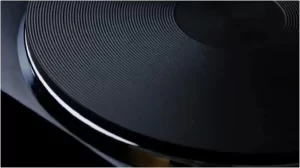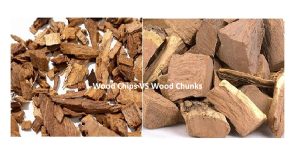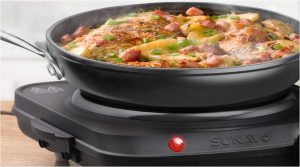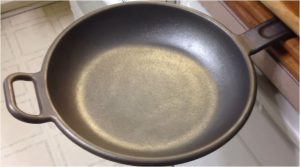Brass Burner Vs Cast Iron Burner: Ultimate Cookware Duel
Brass burners offer efficient heat distribution and durability, while cast iron burners provide consistent heating and longevity. Choosing the right burner depends on your cooking preferences and maintenance willingness.
Exploring the differences between brass and cast iron burners is essential for keen cooks and those passionate about their kitchen equipment. Brass burners stand out for their superior heat conduction, allowing for a more even cooking experience. Their corrosion resistance ensures a longer life span, even with frequent use.
Cast iron burners, on the other hand, retain heat for extended periods, making them ideal for keeping dishes warm. They’re highly valued for their ruggedness and can suit those who prefer a low-maintenance option.
Your decision should align with your cooking style, whether you prioritize quick and even heat distribution or sustained warmth for cooking. Deliberating between brass and cast iron will clarify which burner will best enhance your culinary adventures.
Differences In Construction
Exploring the heart of burner technology, we find two champions: Brass and Cast Iron. Understanding their construction is key to choosing the right burner for your kitchen. Let’s delve into what sets them apart.
Material
At the core, materials define a burner’s essence. Brass burners are crafted from a mixture of copper and zinc. This allows them to resist corrosion. They also boast a golden hue that adds elegance to any stovetop. Cast iron burners, on the other hand, are molded from iron alloys. They offer a rustic, rugged appearance. Both materials have unique attributes making them suitable for different kitchen needs.
Strength And Durability
When it comes to longevity, both materials prove formidable. Brass burners, known for their resilience, can handle high temperatures without warping. This makes them a long-lasting choice for frequent cooking. Cast iron burners claim fame through their robust nature. These heavy-duty burners may rust over time but they can last decades when properly maintained. They’re an investment in enduring quality.
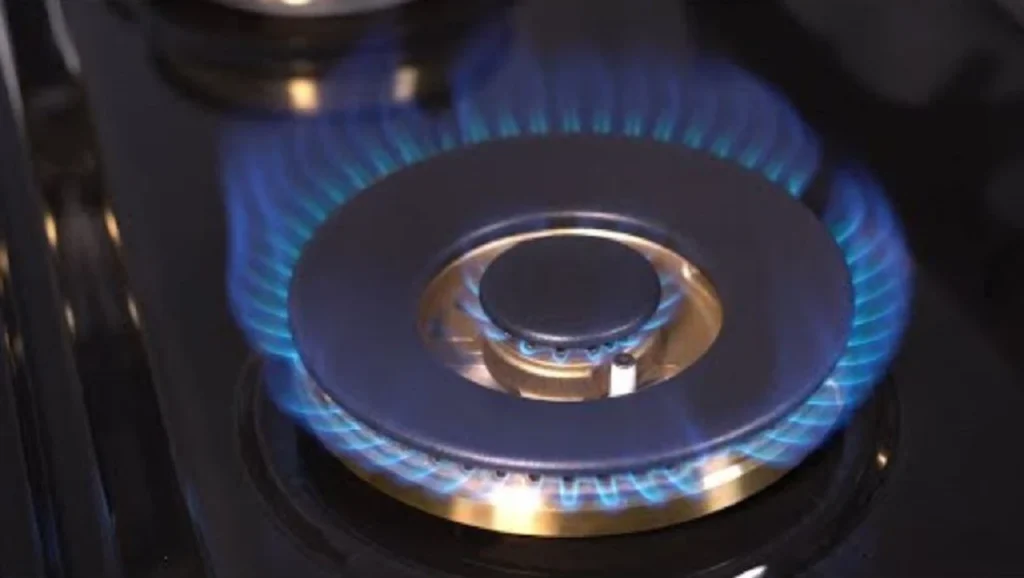
Maintenance And Cleaning
Maintaining and cleaning your stove burners ensures they work well and last long. Brass burners and cast iron burners require different care. This section explores how to maintain each type effectively.
Cleaning Requirements
Brass burners shine with a warm glow but can tarnish. Regular cleaning keeps them looking great. Use a damp cloth for daily wipes. For deeper cleans, mix vinegar and baking soda. Apply the paste, wait, then rinse.
Cast iron burners need a firm brush. Scrub off food bits and rust spots. Avoid water; it leads to rust. Instead, use a dry cloth or a specialized cleaner for cast iron. Regular brushing up prevents buildup and keeps the burner in top shape.
Long-term Maintenance
For brass burners, polish is a must, usually once a year. Brass polish keeps them looking new. Check for clogged ports, using a pin to clear them. This keeps the flame steady and even.
Cast iron burners require seasoning to prevent rust and damage. Vegetable oil lightly brushed on does the trick. Just heat the burner afterwards to seal the oil. Inspect routinely, replacing any that show heavy wear or damage. This ensures a good, safe flame.
Conclusion
Deciding between brass and cast iron burners depends on your cooking preferences. Brass offers even heat and resists corrosion but often at a higher cost. Cast iron is durable and less expensive but may require more maintenance. Evaluate your needs to choose the right burner for your kitchen.
Embrace culinary excellence with the burner that aligns with your cooking style.
Read Also: Skillet vs. Frying Pan vs. Sauté Pan: Choose the Right One


